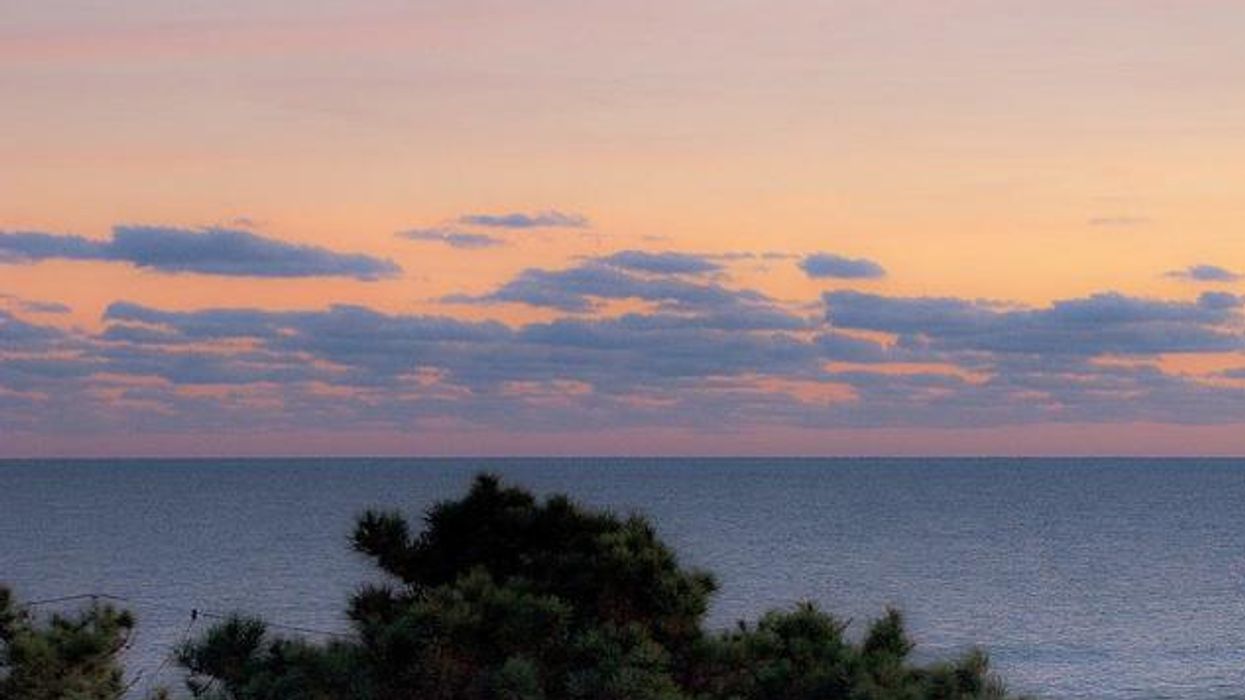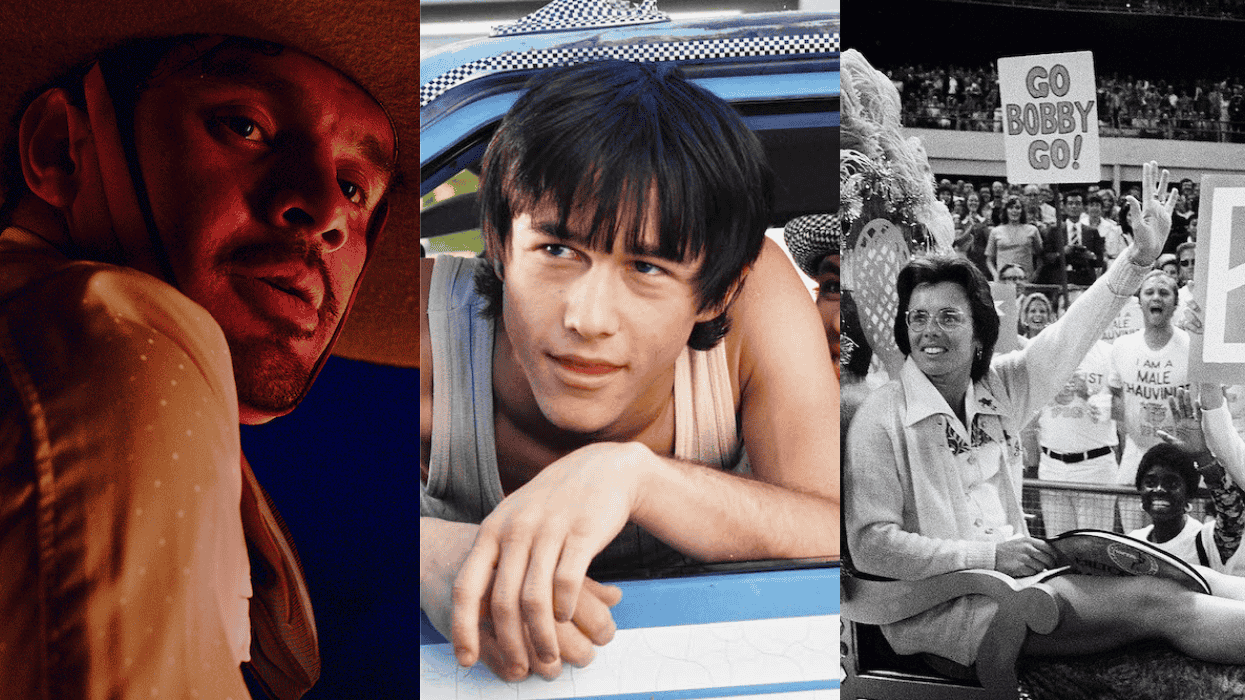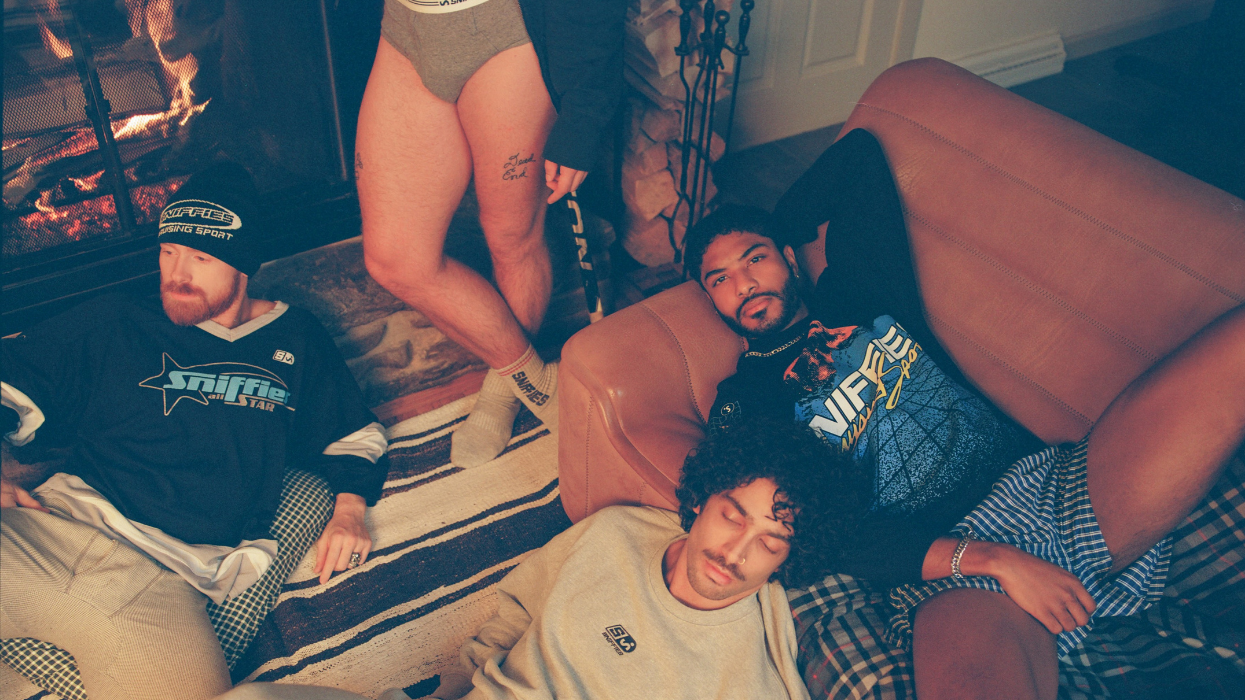For many of us, Fire Island is a blur of Absolut, MDNA, and what's his face...the cute one. While the former Sip n' Twirl may feel more like home than home, perhaps it's wise to look beyond the Meat Rack.
Jon Cotner's twelve-hour walk through the island will open you to a fresh perspective. This is more than a stroll on the beach; participants will contemplate on the present and the fleetingness of the moment. As you bond with your fellow journeymen along the strand, you'll become alert to the passage of time, the pleasure of storytelling, and indulge in symphonies of silence. We spoke to Cotner about his inspiration and aims for Island Night.
Why Fire Island? You've written about it before. You seem to have a connection to the place?
Jon Cotner: Fire Island is a car-less, leafy, sandy paradise. It's a nice alternative to loud cities. I live in Brooklyn, where construction and traffic noise can get maddening. About five years ago, I first visited Fire Island with my friend Stephen. We had no idea where we'd stay; we left New York spontaneously. Stephen and I hit the beach, had dinner, then went to a bar. We ended up walking all night from The Pines to Saltaire--about eight miles. Lightning flashed in the distance for hours, but storms never reached us. There was intense quiet. Last summer I re-visited Fire Island with my fiancee Claire. We took that same walk (starting at noon) and made a slideshow for The Believer. It documents our encounters with people and places along the way. I fell in love with this strip of sand all over again.
Describe the walk. You say it's an "extended meditation on the present." Can you elaborate on that?
Island Night is an interactive experience for groups of eight plus myself. It will run from 6 pm to 6 am on August 25 and September 15. We'll meet at The Pines Marina, introduce ourselves, then start walking towards the island's western end. There will be reflection and dialogue. Picnics too. That's what I mean when describing the walk as a "moveable feast." At the heart of Island Night is an acknowledgement of life's enigmas. Nobody can explain, for example, why there's something instead of nothing. Nor can we fathom the future. Philosophers since antiquity have suggested this world is to be celebrated rather than understood. Participants will attend to the nocturnal landscape, as well as to each other. We'll share anecdotes and stories, and become more "present" - keeping in mind that each perception, each conversation, will never happen again. Each moment in our lives is absolutely singular.
Why do you want to do it? And why late summer?
So much of contemporary life forces us to subject the present to the future. People often sacrifice themselves for some elusive benefit, like getting a degree or a job. Contemporary life also replaces face-to-face encounter with digital correspondence. During its 12 hours, Island Night will overcome these ills. Participants will create their own nomadic society. Then, when the piece is over, everyone will resume their daytime identities with renewed self-understanding.
As for the piece's timing, Elastic City director Todd Shalom and I decided late summer would be best. Around mid-August, I tend to panic that summer is already over. Time moves so fast. Island Night allows us to savor summer's final hours.
Out: What are your artistic influences?
Two influences come immediately to mind. David van der Leer, architecture curator at the Guggenheim, has organized a new off-site project called stillspotting. Each stillspotting program occurs in a different borough, and focuses on spots of stillness - "stillspots" - amid the urban bustle. Stillspotting is great not just for its concept but also because it takes us to unfamiliar places. It breaks routines. Another influence is Berlin-based artist Tino Sehgal, who designs works that feature live encounters between museumgoers and trained interpreters. I participated in his 2010 Guggenheim piece, This Progress, for which the museum's spriraling rotunda was converted into a Socratic space. Sehgal taught me that visual art needn't be confined to objects such as paintings or sculptures. Human interaction is intensely visual.
What do you hope to gain from Island Night?
I hope it's insightful and fun for everybody. Koreans have an important proverb: "Knows his way; stops seeing." Island Night aims to reverse this blindness. We'll awaken our senses. In the process we'll rediscover the world.
Would you describe your previous walks?
My previous interactive walks have included Spontaneous Society and Poem Forest. Spontaneous Society is grounded in a series of one-liners that replace urban anonymity with affection. I've tested each line thousands of times along thousands of blocks across multiple cities. They're 99% effective. Poem Forest took place at the New York Botanical Garden, where I designed a 20-minute walk through an old growth forest. At 15 locations, participants would read lines I'd pulled from 2500 years of poetry, and draw closer to the environment. Each line corresponded to some feature of the forest's landscape.






























